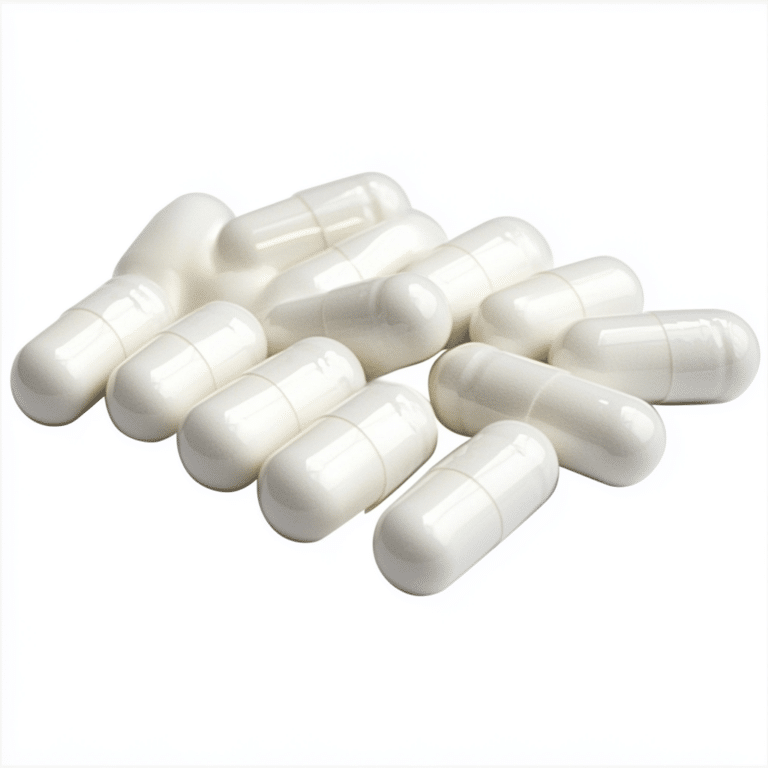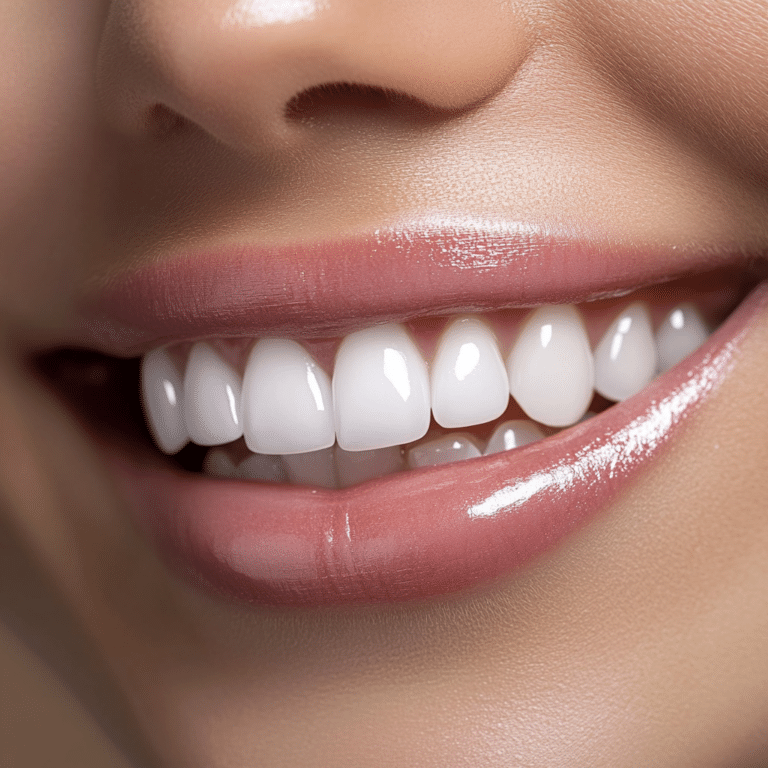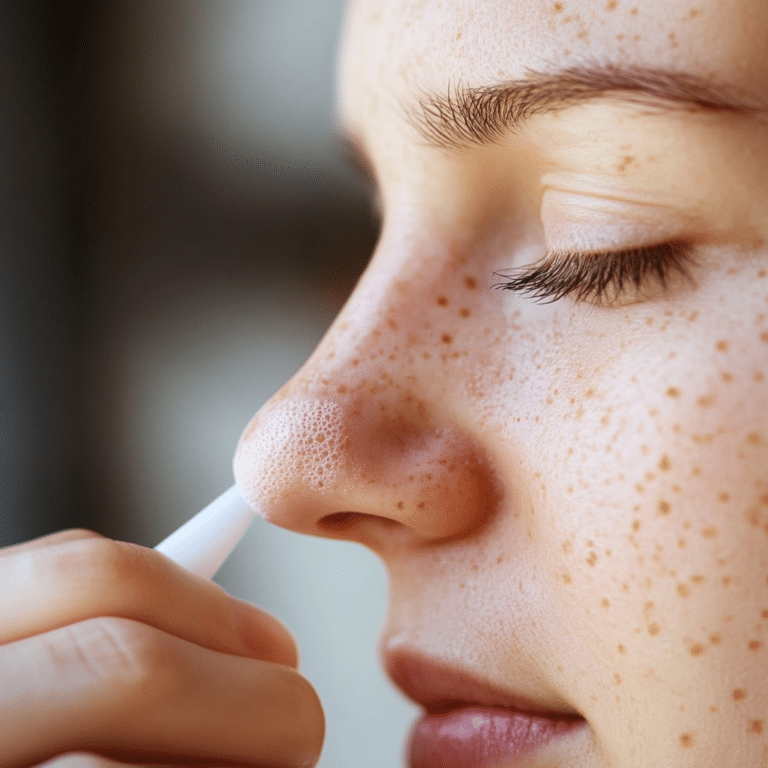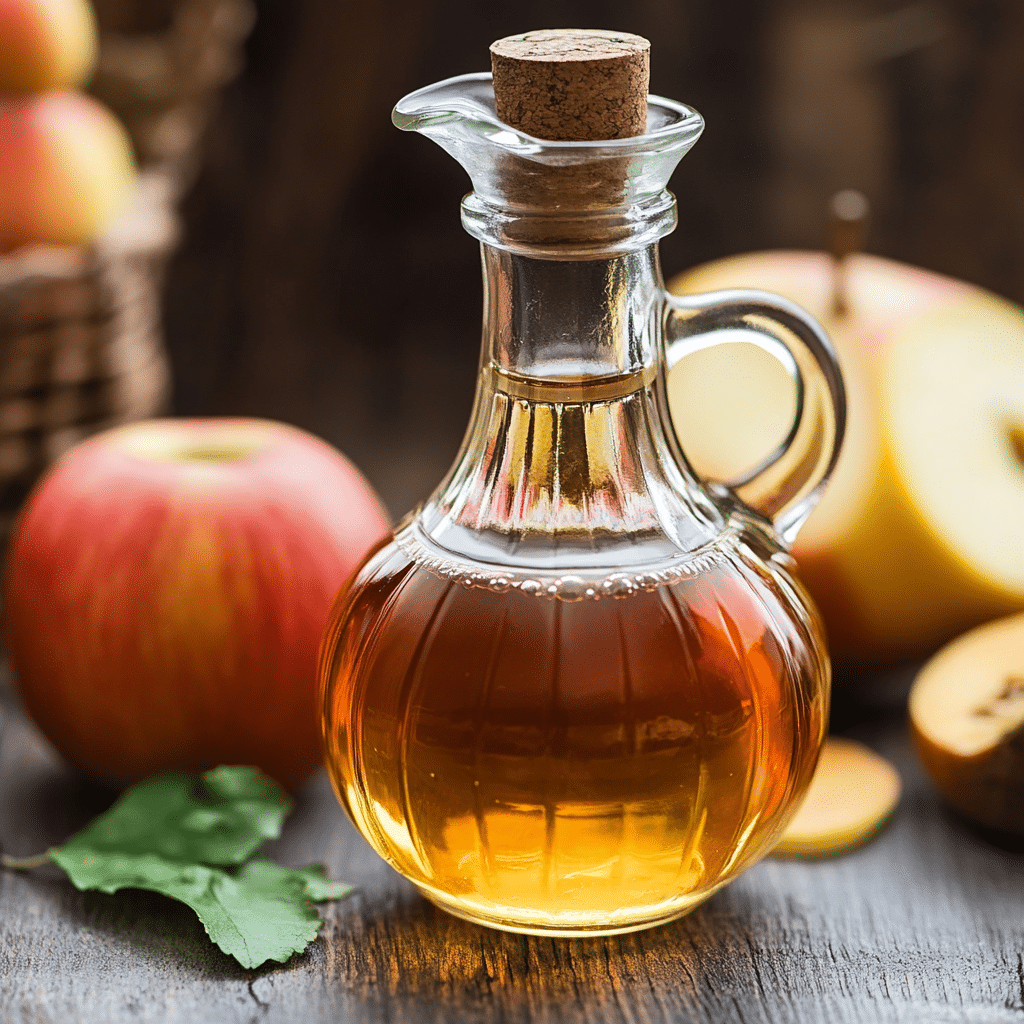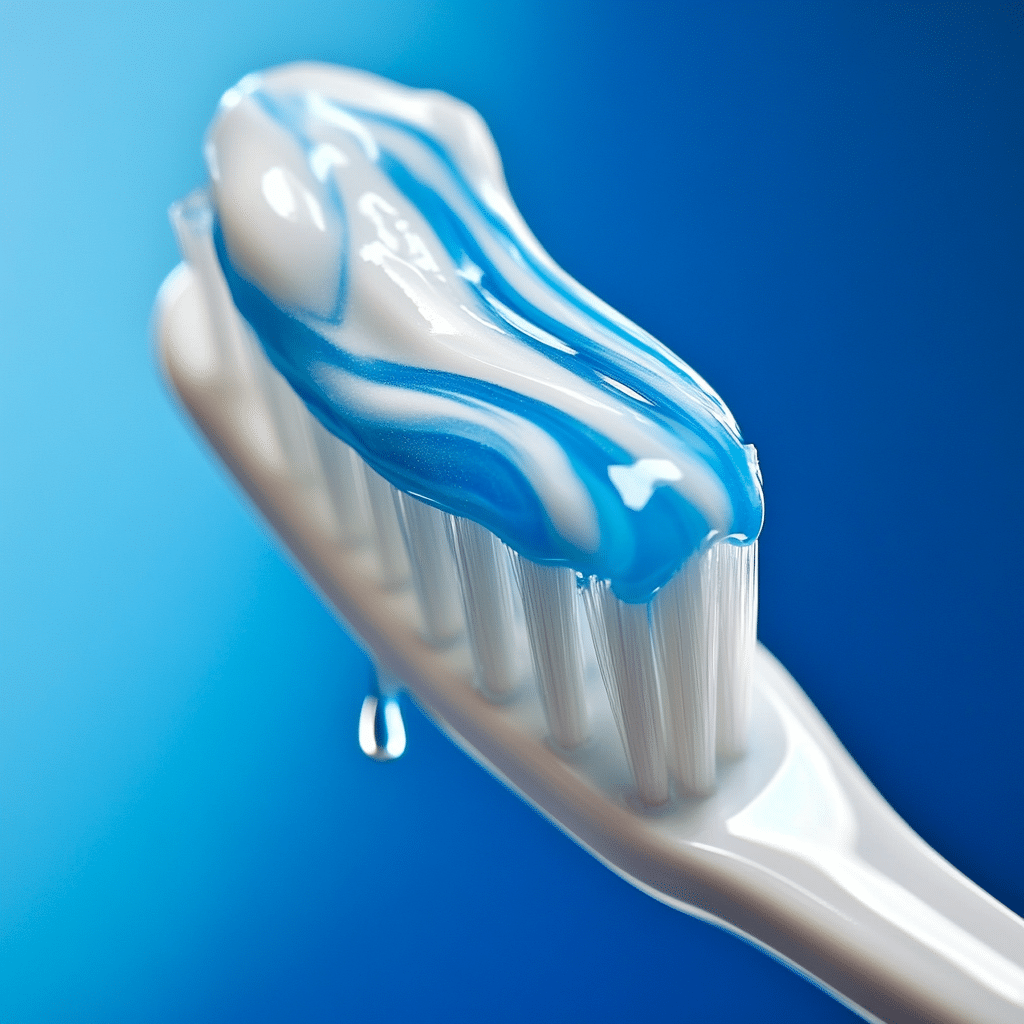When it comes to building powerful upper chest muscles, the decline push up reigns supreme. This bodyweight exercise isn’t just about getting a pump; it’s a serious game changer for your upper body strength and aesthetics. Elevating your feet shifts the workload to the upper pectorals, providing an intense workout that can yield significant results over time. Give this dynamic movement a shot, and you’ll find yourself enhancing your upper chest like a pro—whether you’re a beginner or an experienced fitness buff.
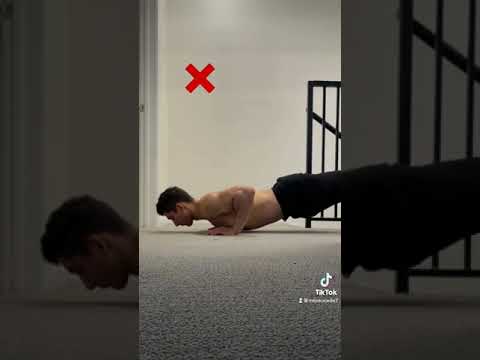
1. Understanding the Decline Push Up
At its core, the decline push up is all about maximizing the potential of your upper body. By raising your feet on a platform—think a sturdy bench or a set of stairs—you engage the upper chest (pectoralis major), shoulders, and triceps in a way that regular push-ups simply can’t match. This unconventional angle of attack lets you hit those upper pecs hard, making them pop out and demanding attention. The decline push up challenges your entire upper body, turning your living room or backyard into a personal gym.
What’s more, engaging in decline push ups regularly can significantly elevate your upper body strength. And don’t just take my word for it; scientific studies show that adjusting the angle during push-ups can enhance muscle activation up to a staggering 15%! That’s a big deal, especially if you’re aiming for a sculpted chest and killer definition. So roll up your sleeves, and let’s dive deeper into why this exercise should be a cornerstone of your workout regime.
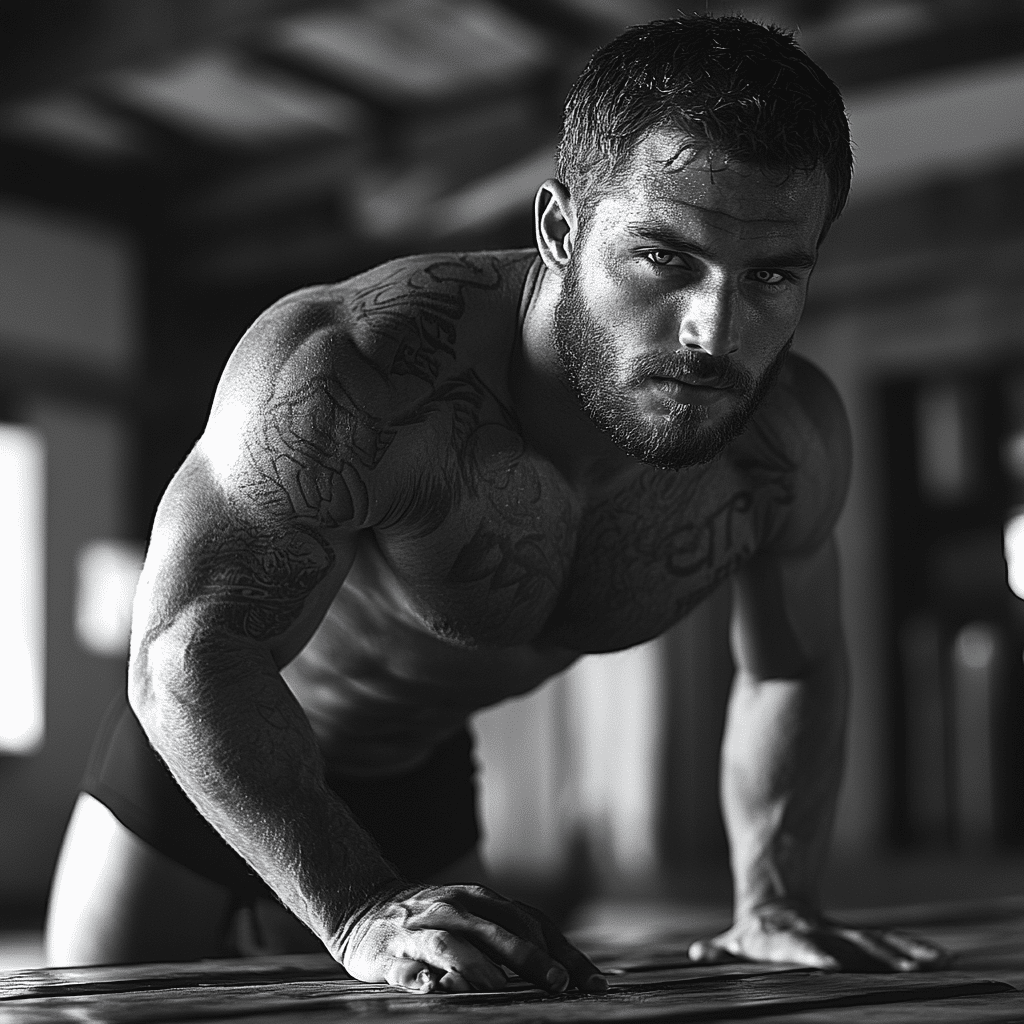
2. 5 Benefits of the Decline Push Up for Upper Chest Development
2.1 Enhanced Muscle Activation
Let’s be real, activating your muscles effectively is the name of the game. Decline push ups crank up the intensity by placing greater emphasis on the upper pectoral muscles. This unique angle engages the clavicular head of the pectoralis major, which is essential if you’re serious about achieving a well-defined upper chest. Compared to standard push-ups, this variation can optimize muscle firing patterns, leading to faster gains in the chest department.
2.2 Improved Muscle Hypertrophy
For all the gym-goers looking to pack on muscle, decline push ups are a powerful tool for hypertrophy. Because you can perform high-rep sets using just your body weight, this exercise promotes muscle growth in a significant way. Pair this with a well-structured diet, and you’ll trigger those growth hormones like never before. Your upper chest will thank you, and those gains will be evident in no time.
2.3 Core Engagement
When you’re doing a decline push up, you’re not just working your upper body; you’re also giving your core a serious workout. Keeping your body in a straight line from head to heels requires excellent core strength and stability. By engaging your abs and glutes throughout the movement, you’re setting yourself up for better performance in other exercises that demand core stability. It’s a two-for-one deal you won’t want to miss out on!
2.4 Accessibility and Equipment-Free
One of the best parts about decline push ups is their accessibility. No gym? No problem! All you need is a step, a bench, or even a sturdy chair to gain the elevation you need. Unlike other upper chest-focused moves that require specialized equipment—like the cuban press—this exercise can be performed almost anywhere. Talk about convenience!
2.5 Versatility in Progression
The decline push up adapts to your fitness level, making it perfect for beginners and seasoned pros alike. New to the game? Start with a lower elevation and build your way up. If you’re a hardcore athlete, throw a weight vest on or amp up the explosiveness of your reps. The variations are endless, ensuring you can continuously challenge yourself and avoid those dreaded plateaus.
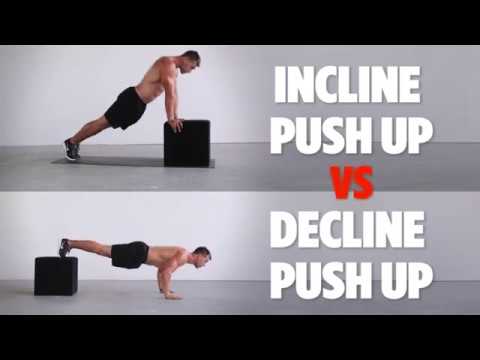
3. Mastering the Decline Push Up: Step-by-Step Guide
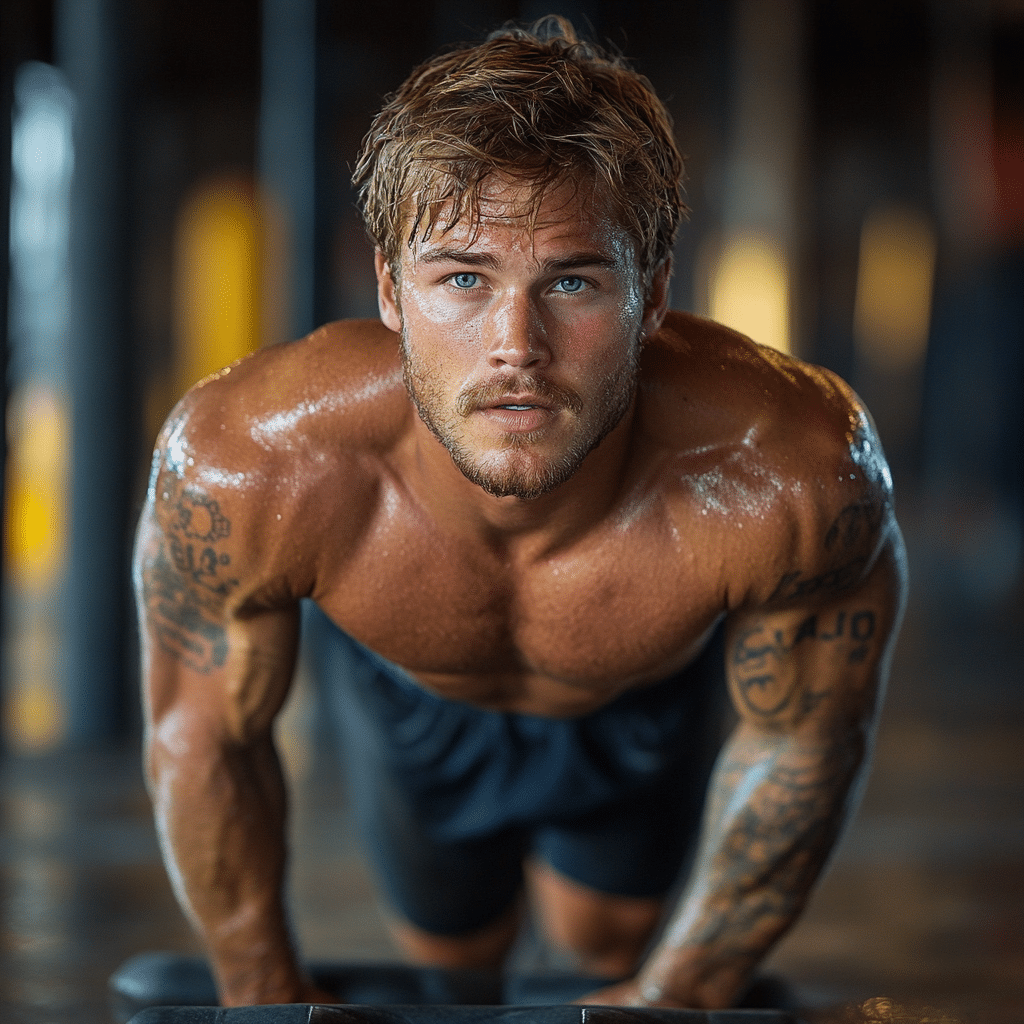
4. Notable Athletes Who Swear By the Decline Push Up
It’s not just gym rats who appreciate the power of the decline push up—many elite athletes do too. For instance, NFL star Russell Wilson raves about its role in enhancing his functional strength and conditioning. He highlights the importance of bodyweight movements in his training and considers it essential for not just performance, but injury prevention.
Similarly, Olympic weightlifter Sara Robles incorporates decline push ups regularly, attributing her strong foundation to basic bodyweight exercises. These athletes prove that whether you’re tackling sports on the field or lifting heavy in the gym, the benefits of decline push ups are hard to ignore.
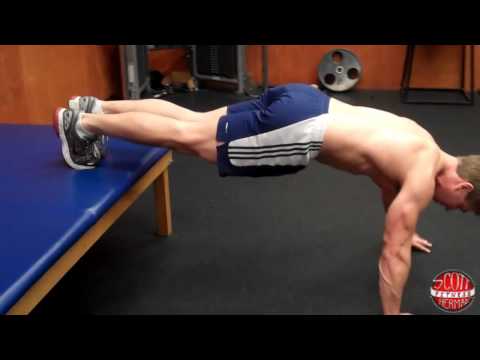
5. Incorporating Decline Push Ups into Your Routine
Want to get the most out of decline push ups? Consider tossing them into a balanced upper body workout. Pair them with exercises like dumbbell shoulder presses and cable flys to diversify your routine and engage all areas of your upper body. Aim for 3 to 4 sets of 10-15 repetitions, focusing on proper form and steady progression over time.
Remember, consistency is key! As with any muscle-building endeavor, combining decline push ups with a robust nutrition plan will set you on the path to superhero-like gains. Not convinced? Think about how a ripped upper chest can enhance your overall physique, giving you the confidence to sport those sleeveless shirts.
Innovative Wrap-Up: Elevate Your Chest Training
The decline push up isn’t just another fitness trend; it’s a cornerstone for building strong upper chest muscles. With clear benefits in muscle activation and growth, core engagement, and accessibility, this exercise can transform your upper body entirely. So whether you’re an athlete hunting for a performance edge or a fitness enthusiast interested in sculpting your physique, make the decline push up a must-do in your workout arsenal. With dedication and a strategic approach, you’d not only gain muscle but also a whole new appreciation for what this simple exercise can deliver. Get out there, lace up those sneakers, and crush those decline push ups like a champ!
Decline Push Up: Fun Trivia and Interesting Facts
The Basics of Decline Push Ups
The decline push up is a killer exercise for anyone wanting to crank up their upper chest strength. By elevating your feet, the focus shifts to the upper chest and shoulders, giving you that coveted muscle definition. Did you know that this exercise can be as beneficial as a hearty bowl of cornmeal mush? Just as cornmeal provides essential nutrients, decline push ups offer a robust workout that can transform your upper body strength.
Muscle and History
Interestingly, the decline push up has roots that go deep into fitness history; it’s been around longer than you might think. Legends of the screen, such as Noah Beery, often included bodyweight exercises like these in their regimes to stay fit for matinee idol roles. The beauty of the decline push up is its versatility—feel free to turn up the intensity. Just like Hoyeon Jung from “Squid Game” keeps challenging herself with various roles, you can challenge your muscles with different variations of push ups to keep them guessing!
Beyond Exercise: Cultural Tidbits
Believe it or not, push ups also have made their mark in popular culture. While you won’t find them in Selena Gomez Nudes, you might see fit characters breaking them out in movies or shows. The push up has become synonymous with strength and discipline, much like the determination found in the Ozarks where local fitness trends often echo the rugged lifestyle. So remember, each decline push up becomes not just a physical challenge but also a nod to this tradition!
And speaking of challenges, the conversation around supplements like creatine occasionally brings up some controversy. You might wonder, Does creatine cause hair loss? As with all fitness endeavors, it’s important to approach each method with awareness to avoid pitfalls similar to hiking without a map! When it comes to building powerful upper chest muscles, consider your approach—just as important as the push ups themselves are the choices you make to support overall fitness and health.
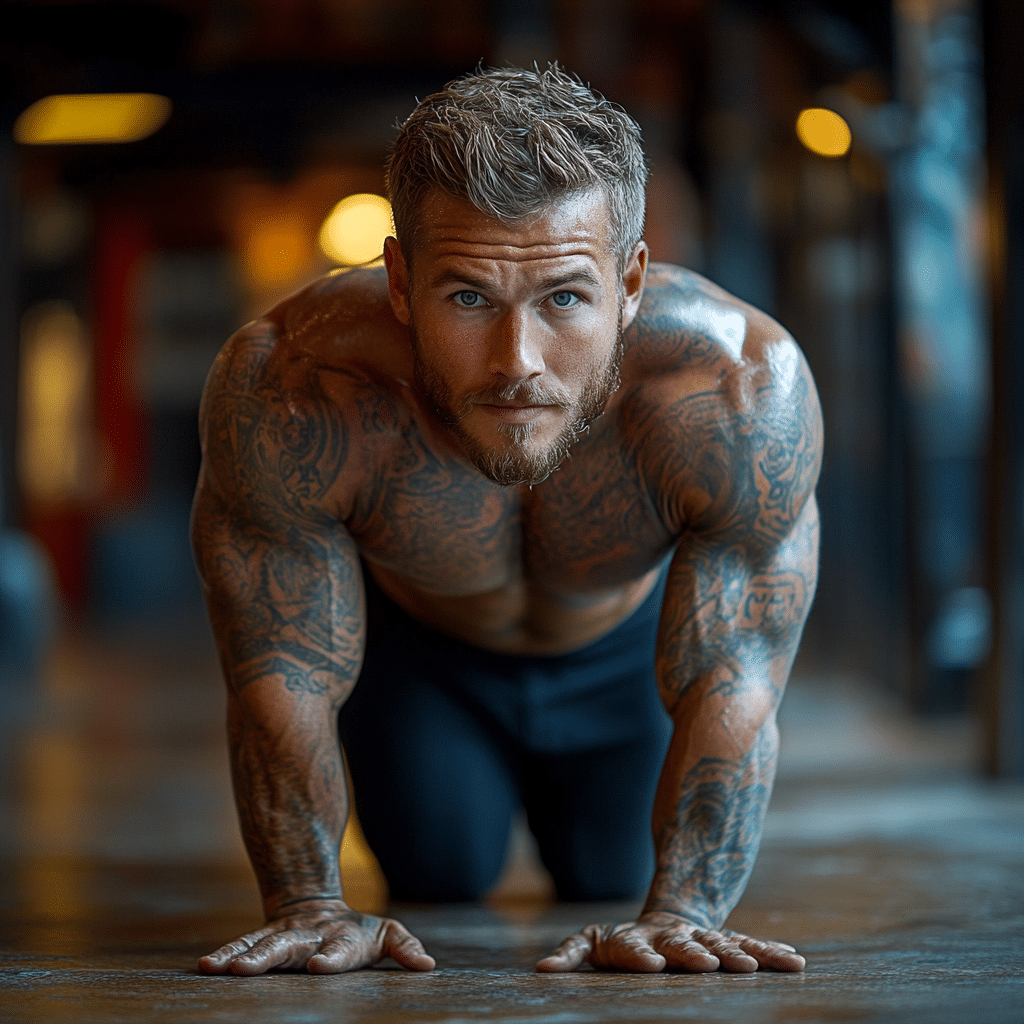
What are decline push-ups good for?
Decline push-ups are great for building strong upper chest muscles while also working the shoulders and core. They push up and away from your torso, which makes them effective for developing upper pecs.
Which is better, incline or decline push-ups?
When it comes to targeting the upper chest, decline push-ups usually take the cake, as the elevated position shifts more work to the upper pectorals. Incline push-ups are still a solid choice for overall chest development, so don’t forget about them!
Do decline pushups hit lower chest?
Decline push-ups mainly focus on the upper chest, not the lower chest. If you want to emphasize the lower chest, you might consider different types of push-ups or variations.
Is it harder to do decline pushups?
Decline push-ups are definitely tougher than regular ones! Since your feet are elevated, it places more emphasis on your shoulders, making them a bigger challenge, especially if you’re not used to them.
Which pushup is best for the chest?
For overall chest development, both regular and decline push-ups have their perks, but if you’re really looking to build up the upper pecs, decline push-ups might be your best bet.
Do decline push-ups hit shoulders?
Yes, decline push-ups work the shoulders quite a bit due to the elevated position. Your shoulders get engaged more than in regular push-ups, which helps strengthen those muscles.
What is a diamond push-up?
A diamond push-up is a variation where you place your hands close together under your chest, forming a diamond shape with your fingers. This move really hones in on your triceps and the inner chest.
What height should decline push-ups be?
For decline push-ups, a height of around 30cm to 60cm works well. It helps to effectively shift the workload to the targeted muscles without compromising your form.
Are pushups better than bench press?
Push-ups and bench presses have their own advantages, but push-ups can be more accessible for many people and help develop stabilizing muscles. It really depends on your personal fitness goals.
How to explosive pushups?
To do explosive push-ups, start in a regular push-up position and push hard enough to lift your hands off the ground. You can add a clap while you’re in the air if you want to spice it up!
Why is my chest not growing?
If your chest isn’t growing, it could be due to not varying your workouts enough, not incorporating enough weight, or not having a balanced diet that supports muscle growth.
What do pike push ups work?
Pike push-ups target the shoulders and upper chest. They’re performed by raising your hips and forming an inverted V-shape, putting most of the weight on your arms.
What happens if you do decline push-ups every day?
Doing decline push-ups every day can boost your upper-body strength and endurance, but make sure to listen to your body. Overdoing it without rest may lead to muscle fatigue or injury.
What is the hardest push-up?
The hardest push-up is often considered to be the one-arm push-up or the clapping push-up, as they require significant strength and balance.
What does doing 100 pushups a day do?
Doing 100 push-ups a day can build endurance and strength, but results depend on your overall workout routine and diet. You may also risk injury if your form isn’t spot-on.
Which is better incline or decline?
Incline push-ups are generally easier than decline push-ups since your body is at a more favorable angle that reduces the load on your upper body.
Is it harder to do push-ups on an incline?
Push-ups on an incline are indeed easier! The angle helps shift some of the weight off your arms and shoulders, making it a good option for beginners or those looking for a lighter workout.
What are the benefits of deficit push-ups?
Deficit push-ups improve strength and flexibility in the chest, shoulders, and triceps. They allow for a deeper range of motion, which can lead to greater muscle activation.
Are negative push-ups harder?
Negative push-ups focus on the lowering phase of a push-up, and yes, they can be harder because you’re resisting gravity as you lower yourself down slowly.
What are the benefits of decline pull-ups?
Decline pull-ups can help strengthen the back by targeting the lat muscles and upper body, making them a great addition to your routine for overall back development.
Are decline push-ups good for back?
Decline push-ups mainly target the upper chest, shoulders, and triceps. They’re a solid way to work on those muscle groups.
What muscle do decline push-ups target?
The benefit of a decline chest press is that it emphasizes the upper portion of the pectoral muscles, similar to decline push-ups. This helps achieve better definition and strength in that area.



